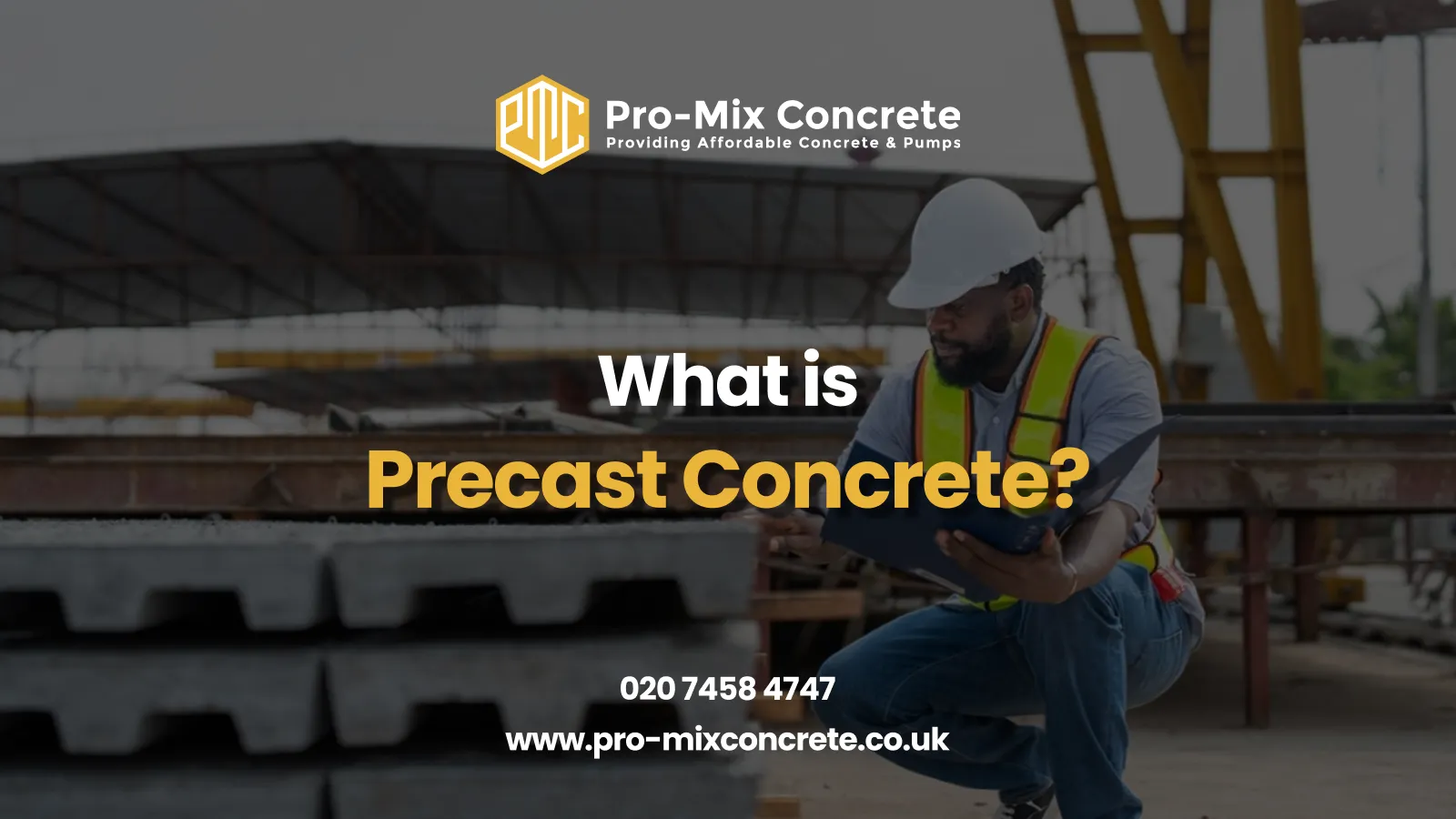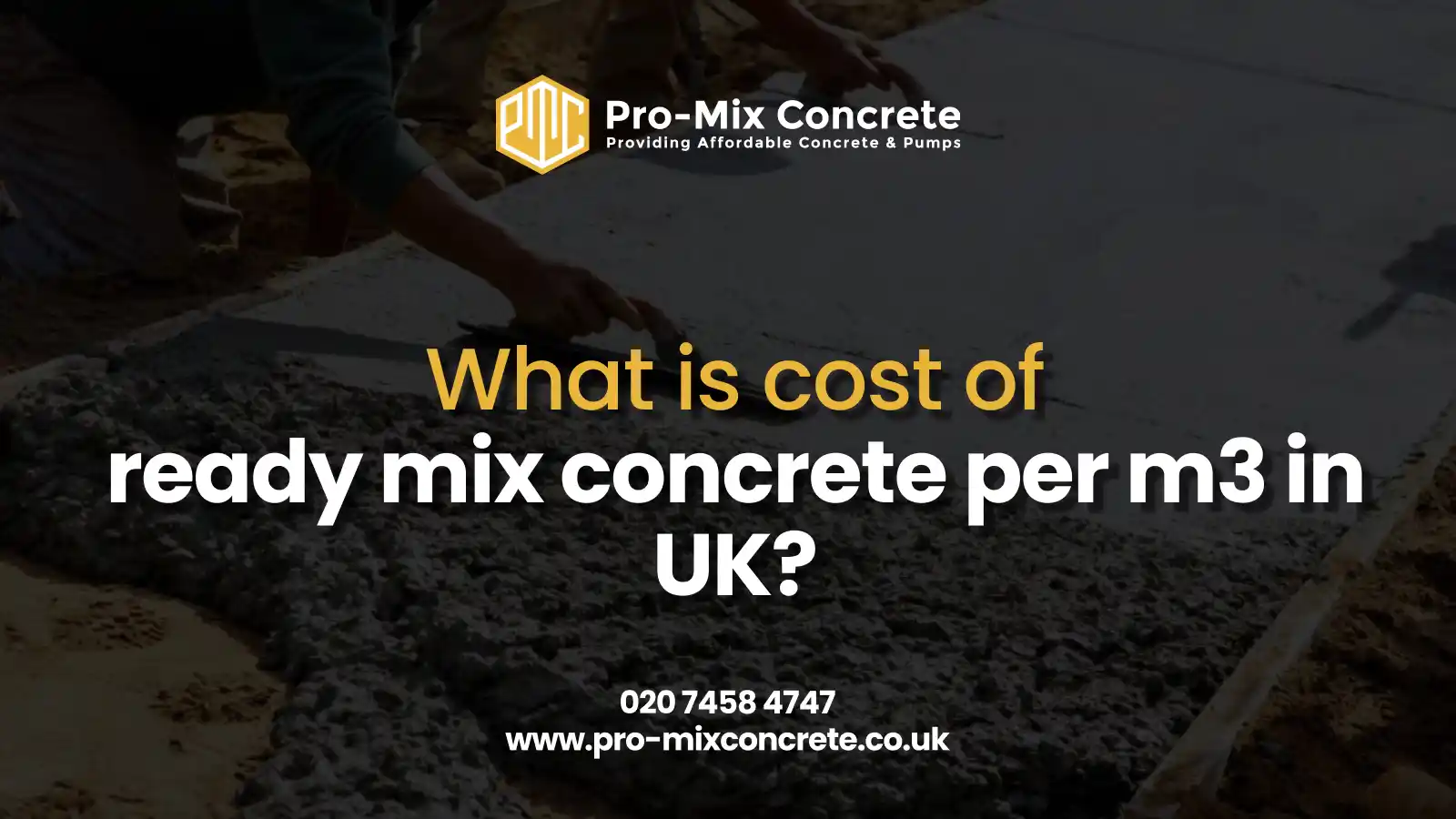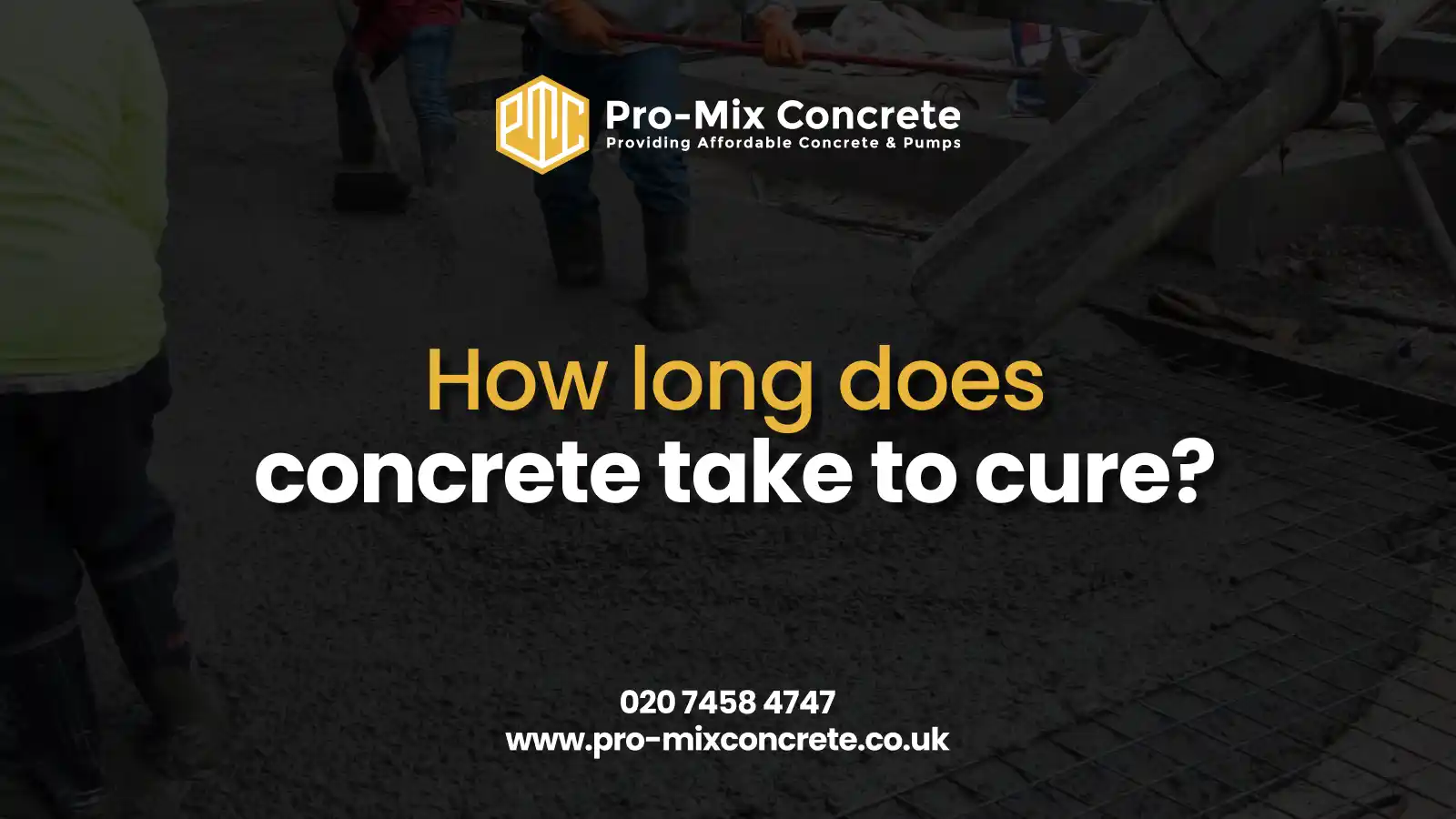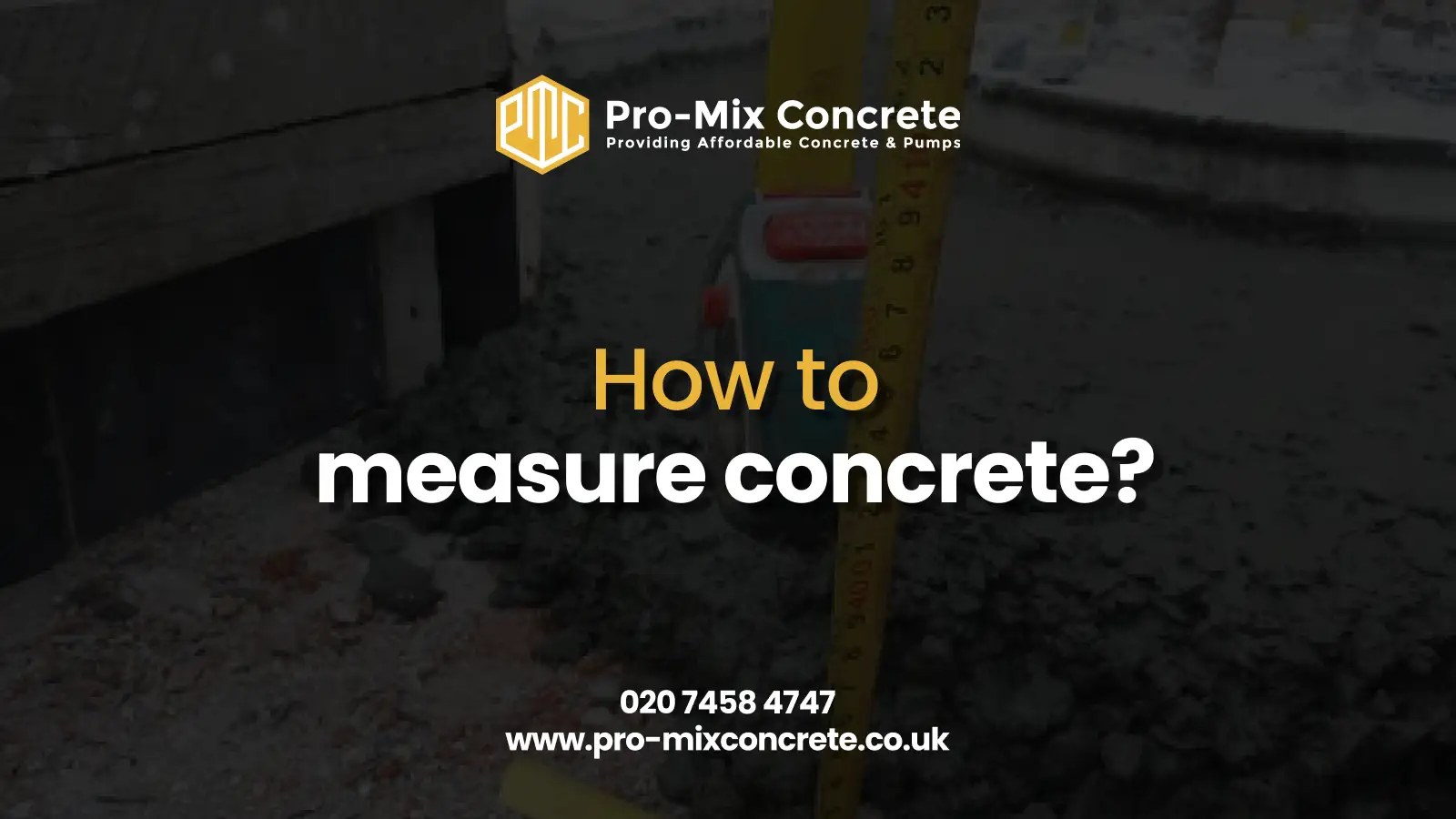When builders needed stronger, faster, and more efficient construction solutions, precast concrete emerged as a game-changing approach. So, what is precast concrete? Simply put, precast concrete is the concrete that’s cast into specific shapes in a controlled factory environment before being transported to construction sites for assembly.
Its manufacturing process transforms how we build everything from high-rise apartments to highway infrastructure, as it offers precision and quality control that on site concrete pouring simply cannot match. The growing popularity of precast concrete stems from its unique combination of benefits: faster construction timelines, reduced labor costs, superior quality control, enhanced durability, and improved sustainability.
How Precast Concrete is Made?
Precast concrete is manufactured in a controlled factory environment through a multi-step process that includes designing, moulding, reinforcing, pouring, and curing concrete elements before transporting them to construction sites. This methodical approach ensures higher quality and consistency compared to traditional on-site concrete work.
The manufacturing process begins with detailed engineering designs that specify dimensions, structural requirements, connection methods, and aesthetic finishes. These precise plans guide every subsequent step of production, ensuring the final elements will meet project requirements exactly.
Next comes from preparation, where workers build moulds to shape the concrete:
- These forms may be made of steel, fibreglass, wood, or plastic, depending on the application
- They include carefully placed inserts for connections, utilities, and attachment points
- Many can be reused hundreds of times, significantly reducing waste
The concrete mixture itself receives special attention in precast facilities. Unlike site-mixed concrete, manufacturers use computerised batching systems to ensure precise proportions of cement, aggregates, water, and additives.
Reinforcement plays a crucial role in precast concrete’s structural performance. Before pouring, workers place steel reinforcement according to engineered specifications. This may include traditional rebar, welded wire mesh, or advanced techniques like prestressing.
After pouring, the concrete undergoes vibration to remove air bubbles and ensure complete filling of molds. The curing phase follows, where facilities control temperature and humidity. Many use steam treatment to accelerate curing. Finally, the finished elements are removed, inspected, and prepared for shipping to the construction site, where they can be quickly assembled.
4 Types of Precast Concrete Products
The versatility of precast concrete has led to an extensive range of products serving diverse construction needs. Each type addresses specific building challenges while maintaining the core benefits of the precast approach.
Structural Elements
Structural precast elements form the backbone of many modern buildings and infrastructure projects:
- Beams and columns create the primary frame for buildings and bridges
- Wall panels serve both structural and enclosure functions
- Floor and roof systems span between structural supports
- Foundation elements provide stable building platforms
- Bridge components, including girders, deck panels, and abutments
These structural elements often incorporate prestressing or post-tensioning, which introduces compression forces that counteract tensile stresses during loading. This approach allows for longer spans, thinner profiles, and enhanced durability.
Architectural Precast
Architectural precast concrete focuses on aesthetic qualities while maintaining structural integrity:
- Façade panels with various surface treatments and textures
- Decorative elements, including cornices, columns, and medallions
- Custom shapes and designs for unique architectural expressions
- Integrated colour through pigments or exposed aggregates
- Thin-shell elements that reduce weight while maintaining appearance
Manufacturers can create nearly unlimited surface variations through techniques like sandblasting, acid etching, polishing, or forming liners that imprint patterns into the concrete surface. These architectural elements often serve multiple functions by providing structure, insulation, and finished surfaces in a single component.
Infrastructure Components
Infrastructure represents one of the largest applications for precast concrete:
- Underground utility structures, including manholes and vaults
- Stormwater management systems, such as retention tanks and culverts
- Transportation elements including sound walls, barriers, and retaining walls
- Bridge components from small pedestrian spans to major highway structures
- Railway systems, including track beds, platforms, and tunnels
These infrastructure applications highlight why this concrete matters so much to public works. Is durability in challenging environments and ability to be installed quickly minimises disruption to transportation networks.
Specialty Precast Products
Beyond the major categories, precast concrete serves numerous specialised functions:
- Modular housing components for rapid residential construction
- Agricultural elements, including feeding troughs, storage structures, and silage bunkers
- Marine applications such as seawalls, piers, and floating docks
- Security barriers and blast-resistant structures
- Custom furniture and landscape elements
The controlled production environment allows manufacturers to incorporate special features such as embedded electrical conduits, plumbing connections, insulation, window frames, and door openings directly into the precast elements, simplifying on-site installation and improving quality.
5 Advantages of Precast Concrete
Precast concrete offers numerous advantages over traditional cast-in-place concrete, making it an increasingly popular choice across various construction sectors.
Quality Control and Consistency
The factory environment provides significant quality benefits that on-site casting simply cannot match. Manufacturing facilities maintain precise control over concrete mixture proportions and ingredients using computerised batching systems. Moreover:
- Curing conditions are carefully optimised for concrete performance
- Temperature and humidity levels are monitored constantly
- Regular testing and inspection are conducted throughout the production process
Protection from adverse weather conditions eliminates the variables that often compromise on-site concrete work. Specialised equipment and skilled workers focus on specific tasks, developing expertise that improves the final product.
This controlled environment results in concrete products with more predictable properties, fewer defects, and a more consistent appearance, particularly important for exposed architectural applications.
Speed of Construction
The impact on project timelines represents one of the most compelling advantages of precast concrete. Off-site production occurs simultaneously with site preparation, effectively compressing the overall construction schedule.
Installation proceeds much faster than forming, pouring, and curing on-site. A skilled crew can place numerous precast elements in a single day, accomplishing in hours what might take weeks with traditional methods. Furthermore, weather delays impact only installation, not production, making schedules more reliable. Fewer trades required on-site reduce scheduling complications and coordination issues.
Earlier building enclosure allows interior work to begin sooner, further accelerating the project. Many projects using this concrete have shorter construction schedules compared to traditional methods, depending on project type and scope. This time savings translates directly to reduced financing costs and earlier occupancy or use.
Durability and Longevity
Precast concrete typically demonstrates superior durability compared to site-cast alternatives. Higher strength results from optimised mix designs and ideal curing conditions that are difficult to achieve in the field.
Better freeze-thaw resistance comes through controlled air entrainment in the concrete mixture. Enhanced resistance to weathering, corrosion, and environmental damage:
- Extends service life in challenging conditions
- Results in reduced cracking through proper reinforcement
- Improves both appearance and durability
Furthermore, lower permeability limits water and chemical intrusion, protecting both the concrete and internal reinforcement. These durability advantages often result in longer service life and reduced maintenance requirements. Many precast structures remain in excellent condition after decades of service in demanding environments.
Sustainability Benefits
It aligns well with sustainable construction practices in several important ways. Production facilities generate significantly less waste through optimised processes and material reuse compared to site casting.
Energy use is typically lower compared to on-site construction when the entire process is considered. Many manufacturers incorporate recycled materials like fly ash or slag in their mixes to reduce their carbon footprint. Some precast systems are designed for potential disassembly and reuse, further extending their environmental benefits.
Economic Advantages
Initial material costs may sometimes be higher than cast-in-place alternatives, but precast concrete often delivers overall economic benefits. For example:
- Labour costs are typically reduced, particularly in areas with high labour rates, as less on-site work is required.
- Shorter construction periods mean reduced financing costs during the building phase.
- Site management and overhead expenses decrease with simplified installation processes.
Weather-related delays become less frequent and costly since much of the work occurs in a controlled environment. Some projects report insurance savings due to safer production environments compared to on-site casting. These economic factors have driven the growing adoption of this concrete across diverse construction sectors, from residential buildings to major infrastructure projects.
Bottom Line
Precast concrete represents an evolution in construction methodology that combines ancient building principles with modern engineering and manufacturing processes. By understanding what precast concrete is, builders, developers, and property owners can make informed decisions about its application in their projects. The controlled manufacturing environment produces consistent, high-quality components that can be rapidly assembled on-site, offering advantages in quality, speed, durability, and often overall project economics.
At Pro-Mix Concrete, our state-of-the-art manufacturing facility combines modern technology with decades of hands-on expertise to create precast elements that exceed expectations. Every Pro-Mix precast component receives attention that ensures structural integrity, dimensional accuracy, and superior finish quality.
When your reputation depends on construction that stands the test of time, Pro-Mix Concrete delivers precast solutions that combine aesthetic appeal with uncompromising structural performance.
Get in touch with our representatives to learn more about this type of concrete and how it can help streamline your construction projects!
Frequently Asked Questions
Precast concrete is concrete that’s cast into specific shapes in a controlled factory environment before being transported to construction sites. Unlike traditional poured-in-place concrete, precast elements are manufactured off-site under optimal conditions, resulting in higher quality, consistency, and durability.
Properly manufactured precast concrete typically lasts 50-100 years or more. Its durability stems from controlled production conditions that ensure proper curing, accurate mix proportions, and correct reinforcement placement. Many precast structures have exceeded their design life with minimal maintenance requirements.
While material and manufacturing costs may be higher initially, the total project cost often favours precast when considering reduced labour, faster construction time, lower financing costs, and decreased weather delays. The economic equation varies by project type, location, and specific application.
Yes, precast concrete is widely used in seismic regions with specially designed connection systems that accommodate seismic forces. Modern precast structures incorporate ductile connections, moment frames, and other features that provide excellent performance during earthquakes when properly designed and installed.
Both methods use prefabricated concrete elements, but tilt-up panels are cast horizontally on-site and then tilted into position, while precast concrete is manufactured off-site in a controlled facility. Precast typically offers higher quality control, more complex shapes, and isn’t limited by site constraints, though tilt-up may be economical for certain simple structures.
- Dennis Broderick
- Dennis Broderick is the founder and owner of Pro-Mix Concrete Company, a trusted name in ready-mix concrete solutions across the UK. With over 20 years of hands-on experience in the construction and concrete industry, Dennis brings unmatched expertise, practical insights, and a commitment to quality on every project - from residential driveways to large-scale commercial developments.
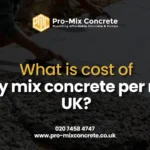 BlogNovember 26, 2025Ready Mix Concrete Costs UK: 7 Key Factors That Affect Your Price Per m³
BlogNovember 26, 2025Ready Mix Concrete Costs UK: 7 Key Factors That Affect Your Price Per m³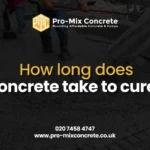 BlogNovember 26, 2025How Long Does Concrete Take To Cure?
BlogNovember 26, 2025How Long Does Concrete Take To Cure? BlogNovember 20, 2025How To Measure Concrete With A Concrete Calculator?
BlogNovember 20, 2025How To Measure Concrete With A Concrete Calculator?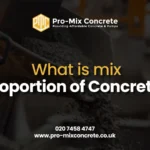 BlogNovember 15, 2025What is the Mix Proportion of Concrete?
BlogNovember 15, 2025What is the Mix Proportion of Concrete?
